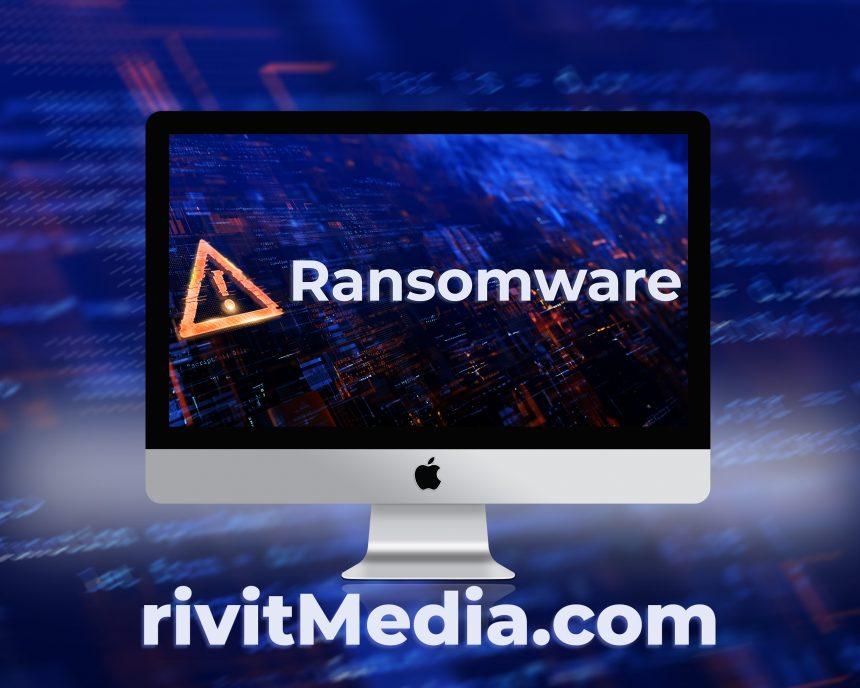NoEscape stands as a perilous ransomware threat that encrypts vital user files, holding them hostage until a ransom is paid for their decryption. Dealing with NoEscape demands a cautious approach, considering professional removal tools, manual removal steps, and exploring potential file recovery methods. Avoiding ransom payments and focusing on alternative recovery solutions are pivotal to safeguarding your data and system integrity.
NoEscape Ransomware: A Closer Look
NoEscape operates similarly to ransomware variants like Mallox Ransomware, encrypting targeted files and presenting victims with a ransom demand for a decryption key. Once files are encrypted, victims encounter a ransom note demanding payment in cryptocurrency for the decryption key. Unlike typical malware threats that corrupt or steal data, ransomware holds files hostage, rendering them unreadable without a decryption key.
Understanding NoEscape’s Impact
Files encrypted by NoEscape undergo complex transformations rendering them unreadable without a specific decryption key held by the attackers. Victims face the dilemma of either paying the ransom or exploring alternative file recovery solutions.
Paying the ransom doesn’t guarantee the receipt of a decryption key, and it encourages the proliferation of more ransomware threats. NoEscape creators often demand payment in cryptocurrency, adding a layer of complexity to retrieving encrypted files.
Removal Strategies
Professional Removal Tools
- Professional Assistance: Seek reliable anti-malware software or professional assistance to effectively remove NoEscape from your system, preventing further data encryption.
Manual Removal Steps
- Safe Mode Entry: Boot your computer into Safe Mode to hinder NoEscape’s activities.
- Identify Malicious Processes: Locate and terminate suspicious processes related to NoEscape in the Task Manager.
- Delete Malicious Files: Locate and delete NoEscape-related files and folders from your system.
File Recovery Measures
- Avoid Ransom Payments: Avoid immediate ransom payments as there are no assurances of receiving the decryption key.
- Exploring Decrypters: Investigate free decryption tools or services that might assist in recovering files encrypted by NoEscape.
- System Backups: Explore restoring files from system backups or cloud storage if available.
Conclusion
Resolving the NoEscape ransomware dilemma demands a cautious and strategic approach. Prioritize the removal of NoEscape from your system to prevent further encryption of your data. Additionally, explore alternative file recovery methods such as decrypters or backups while refraining from paying ransoms. Vigilance, regular backups, and robust security practices are crucial for thwarting future ransomware threats and protecting your valuable data.





